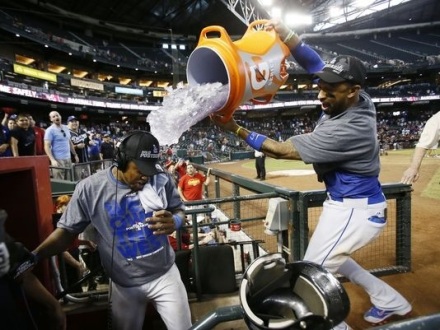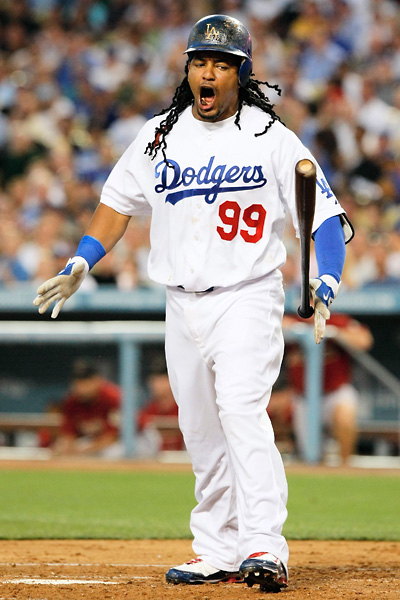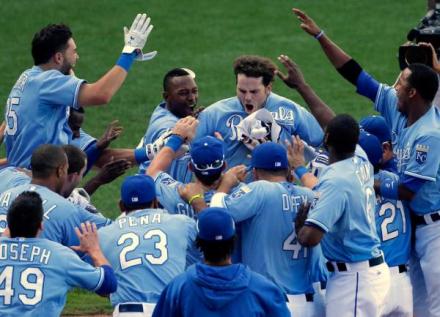We’re only halfway through, but thus far, the 2013-14 MLB offseason has hardly been bereft of excitement. Free agents have landed in unexpected places for dollar figures that would’ve seen obscene even five years ago. The Prince Fielder trade has made the baseball world question the meaning of the word, “untradeable.” Teams have entirely reshaped themselves, with some teams making marked improvement, and others seemingly regressing.
But in this outrageous year, one team has proven surprisingly restrained — the Los Angeles Dodgers. After the team was acquired by the Guggenheim Partners in 2012, it seemed there was no move they wouldn’t be able to make. Money was no object, with a wealthy ownership group and a television contract due to pay out nearly $300 million a year. They seemed willing to take on any cost to improve the team. In the famous Nick Punto deal, the Dodgers took on the GDP of a small island nation, trading for $150 million in sunk cost just to take on the $154 million contract of the player they really wanted. They gave extensions to players they didn’t really need. They added the best starting pitcher on the market and signed international players to record-setting contracts. Through their mere presence, they charted the course of the offseason.
This year, their role one the market has been greatly diminished. This isn’t to say they haven’t improved; in fact, they’ve added several useful pieces. But they have seemed uninterested in the major free agents — the Robinson Canos and Jacoby Ellsburys of the world. So why is it that a team that was so active a year ago is willing to take a backseat this offseason?
The answer is simple — they’ve already put the best (or at least most expensive) team on the field that money can buy. At first base, they have Adrian Gonzalez, and his previously-mentioned $154 million contract. At second, they have replace Mark Ellis with 27-year old Cuban expat Alexander Guerrero, signing him to a 4 year, $28 million deal. At short, they’ve got Hanley Ramirez, in the last year of a 6 year, $70 million deal. Ramirez is now 30 years old and has a history of injury, but when healthy, is as good offensively as any shortstop in the league — none of the available free agents would have been an improvement.
At third, the Dodgers had a hole, as the incumbent, Juan Uribe, was due to become a free agent. But after Uribe, the best options on the free agent market were the likes of Kelly Johnson and Kevin Youkilis; their best move was to re-sign the mercurial Uribe to a 2 year, $15.5 million deal.
And in the outfield, the Dodgers already have four players — Matt Kemp, Carl Crawford, Andre Ethier, and Yasiel Puig. Even with all the money in the world, the Dodgers cannot change the rules of baseball. They cannot play all the outfielders they currently have, much less sign another high-priced outfield target.
Where the team has holes, they’ve spent. They have added pieces to their bullpen, bringing in Chris Perez and Jamey Wright while re-signing Brian Wilson and J.P. Howell. They had room at the back end of their rotation, so they brought in Dan Haren on a low-risk, one-year deal. And who knows, they might still make a splash — they are rumored to be the leading candidate in the Masahiro Tanaka bidding, even if they claim to be disinterested. But keep in mind that this team won 92 last year and made the NLCS. There’s no need for the Dodgers to set the baseball world on fire — even if they can.

























